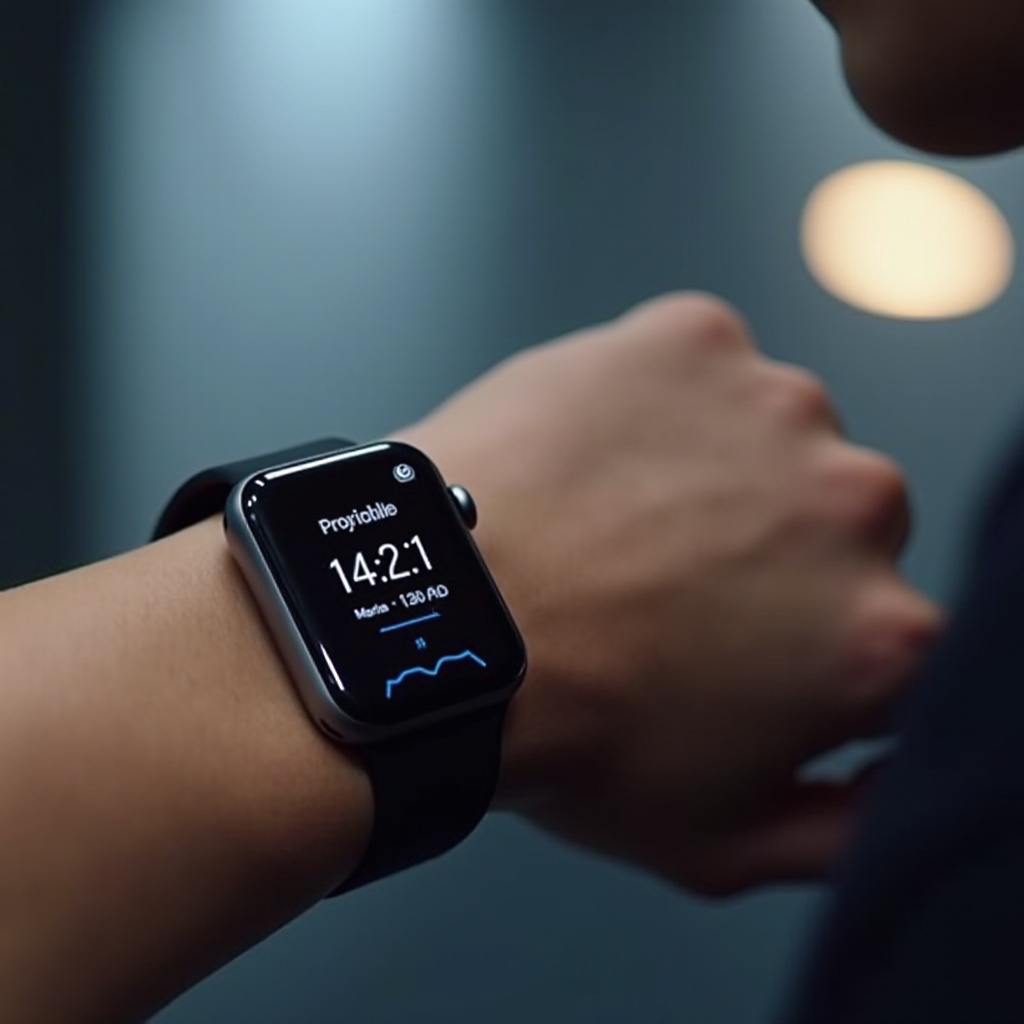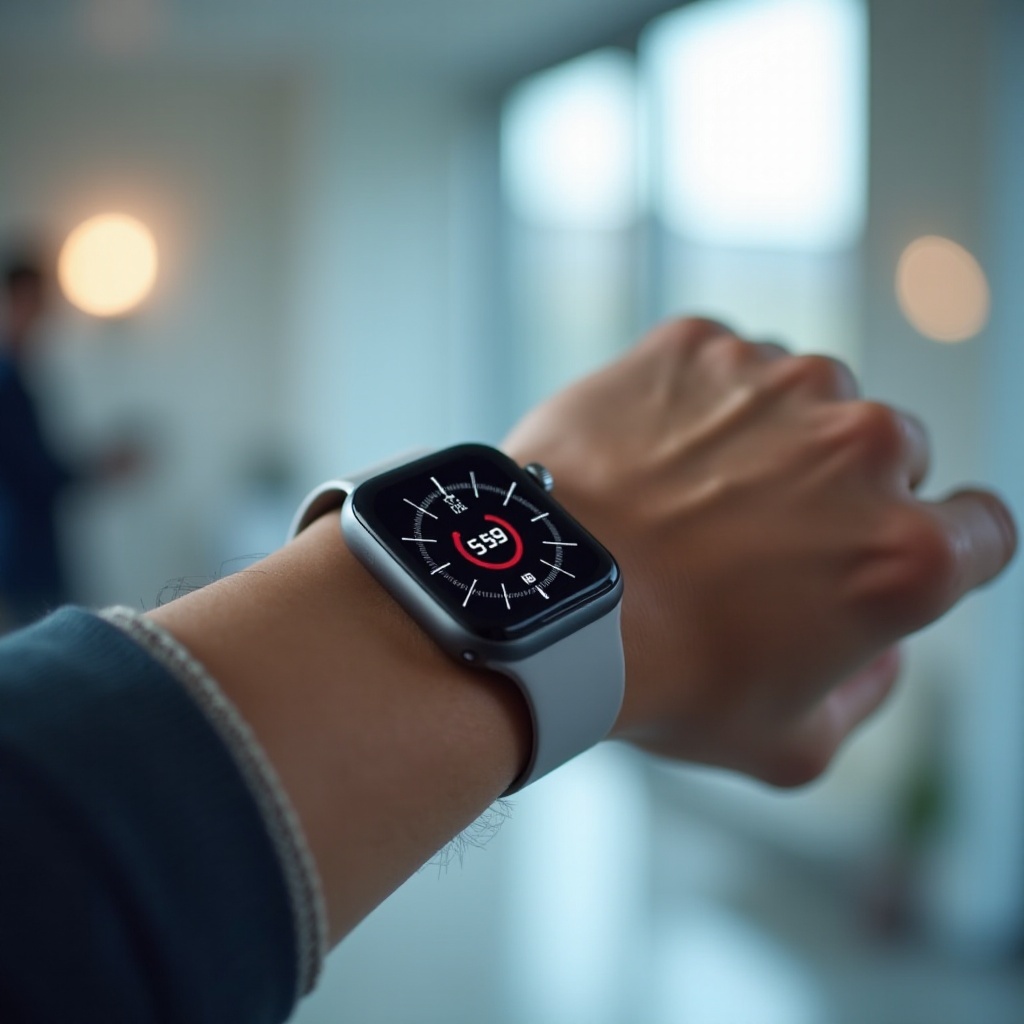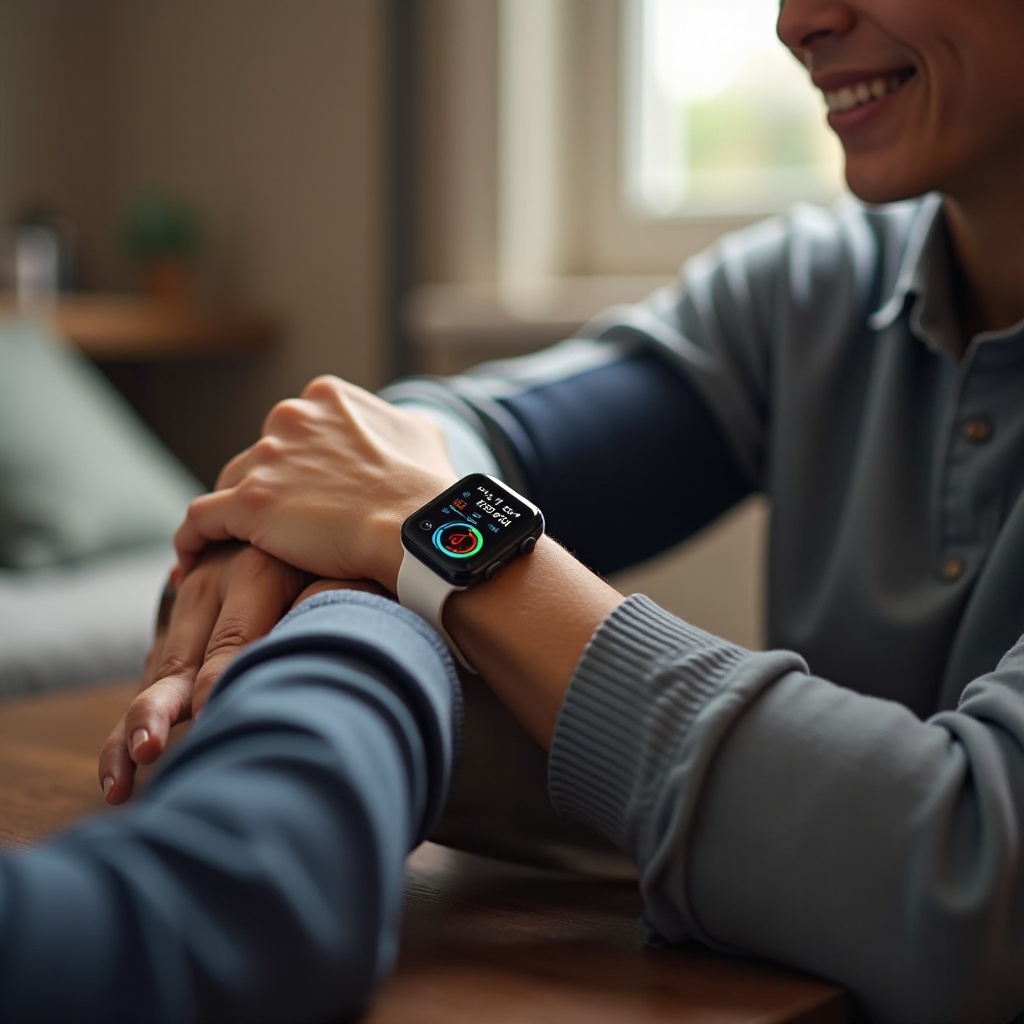Introduction
Smart watches have revolutionized personal health monitoring by incorporating various features to track vital signs, including blood pressure. These sleek and stylish gadgets, once just used for telling time and notifications, now offer health tracking features that can provide critical health insights. With the increasing interest in wearable technology, more people are turning to smart watches to keep an eye on their blood pressure conveniently. Understanding precisely how these compact devices measure blood pressure can help users make informed decisions and use the technology more effectively.

The Technology Behind Smart Watches
Smart watches utilize advanced technology to measure and monitor various health metrics. They are equipped with multiple sensors and sophisticated algorithms that analyze physiological signals. The cornerstone of their functionality includes optical sensors, photoplethysmography (PPG), and electrocardiogram (ECG) capabilities.
Optical sensors measure the intensity of light that penetrates the skin, capturing data from blood flow. PPG uses this principle to assess changes in blood volume under the skin, particularly in the capillaries. ECG sensors, on the other hand, provide detailed information about heart electrical activity.
Together, these technologies allow smart watches to measure a range of health metrics, including heart rate, oxygen levels, and blood pressure, offering an integrated approach to health monitoring.
Traditional vs. Smart Watch Blood Pressure Measurement
When comparing traditional blood pressure measurement methods with smart watch technology, the differences are evident in both methodology and convenience. Traditional methods typically involve a cuff that is wrapped around the upper arm and inflated to constrict blood flow. This method uses the principles of auscultatory measurement or oscillometric methods to determine systolic and diastolic values accurately.
Smart watches, however, offer a much less invasive approach. They do not require a cuff and can provide readings discreetly and quickly. The convenience of obtaining blood pressure readings at any time or place without any additional equipment makes smart watches an appealing choice for continuous monitoring.
However, despite the technological advancements, it is crucial to consider the accuracy and reliability of these wearable devices compared to conventional methods. The differences in the methodologies used can lead to varying degrees of accuracy, as cuff-based systems have been the gold standard for years.
Mechanism of Smart Watches in Measuring Blood Pressure
Optical Sensors
One pivotal component in smart watch blood pressure monitoring is the optical sensor. These sensors emit light into the skin and measure the intensity of light reflected back. The variations in light absorption and reflection correlate with the volume of blood passing through the vessels. By analyzing these fluctuations, the device estimates an individual’s blood pressure.
PPG and ECG
Photoplethysmography (PPG) and Electrocardiogram (ECG) functions are integral to smart watches for accurate blood pressure assessment. PPG focuses on detecting blood volume changes with each heartbeat. On the other hand, ECG monitors the electrical activity of the heart. Combining these two measurements helps the device provide more precise blood pressure readings by analyzing pulse transit time (PTT).
Algorithms and Data Processing
Smart watches employ advanced algorithms and data processing techniques to interpret raw data collected from sensors. These algorithms factor in various physiological parameters and external factors, ensuring the computed blood pressure readings are as accurate as possible. The constant improvements in machine learning and AI further refine these algorithms, enhancing accuracy over time.

Accuracy and Reliability of Smart Watch Readings
The accuracy and reliability of blood pressure readings from smart watches have been topics of significant discussions and research. While these devices offer considerable convenience, studies suggest their readings can vary when compared to traditional blood pressure monitors.
Several factors contribute to these variations, including the positioning of the device, individual physiology, and movement during the reading. Calibration with a traditional sphygmomanometer is often recommended to improve accuracy. Users might need to periodically compare smart watch readings with traditional measurements to ensure consistency.
Nevertheless, for many individuals, especially those under constant activity or unable to perform frequent traditional measurements, the convenience of a smart watch provides invaluable continuous monitoring. Frequent software updates and research are constantly pushing the boundary to make these readings more accurate and reliable.
Practical Tips for Accurate Blood Pressure Readings
To obtain accurate blood pressure readings from a smart watch, consider the following tips:
- Positioning: Ensure the watch fits snugly on the wrist without being too tight.
- Calibration: Regularly calibrate the device with a traditional blood pressure monitor.
- Relaxation: Stay still and relaxed during the measurement to minimize motion artifacts.
- Consistency: Take readings at the same times each day under similar conditions.
- Maintenance: Keep the sensors clean and free from dirt for optimal performance.
- User Manual: Refer to the device’s user manual for brand-specific instructions and recommendations.
By following these tips, users can minimize inaccuracies and achieve more reliable blood pressure readings.

Conclusion
Smart watches have brought remarkable advancements in the realm of personal health monitoring, particularly with their ability to measure blood pressure. Though not a replacement for traditional methods, they offer an incredibly convenient and continuous solution for modern health-conscious individuals. Understanding the technology and mechanisms behind these devices, along with practical usage tips, can significantly enhance overall accuracy. As technology continues to evolve, it’s likely that smart watch blood pressure monitoring will become even more reliable and mainstream in health practice.
Frequently Asked Questions
How accurate are smart watches in measuring blood pressure?
Smart watches can provide reasonably accurate blood pressure readings when calibrated correctly. However, they might not be as precise as traditional cuff-based monitors.
Can I rely solely on my smart watch for blood pressure monitoring?
While smart watches offer convenience, it is advisable to use them in conjunction with traditional methods for critical health decisions and consult healthcare professionals regularly.
Do all smart watches have blood pressure monitoring features?
Not all smart watches come equipped with blood pressure monitoring capabilities. It is essential to check the specific features of a watch before purchasing if this function is vital to you.

